I'm making progress on building a portable light for my kayak.
It will use 3 of following chips: 50W, 12V chips.
The battery will have to be portable so I'm planning to wire them in parallel. I calculate 11.25 Ah needed so thinking to get the battery between:
- 12V, 14Ah
- 12V, 18Ah
- 12V, 35Ah
It is just going to depend on weight.
Each light will be in an aluminum housing and only turned on under water.
I've read about the troubles with overworking one LED when in parallel. Can I put a resistor before each of the 3 lights and if so, can someone direct me there?
Also, can I add switches to each light to conserve battery without overworking? That is, only turn on the lights I need?
